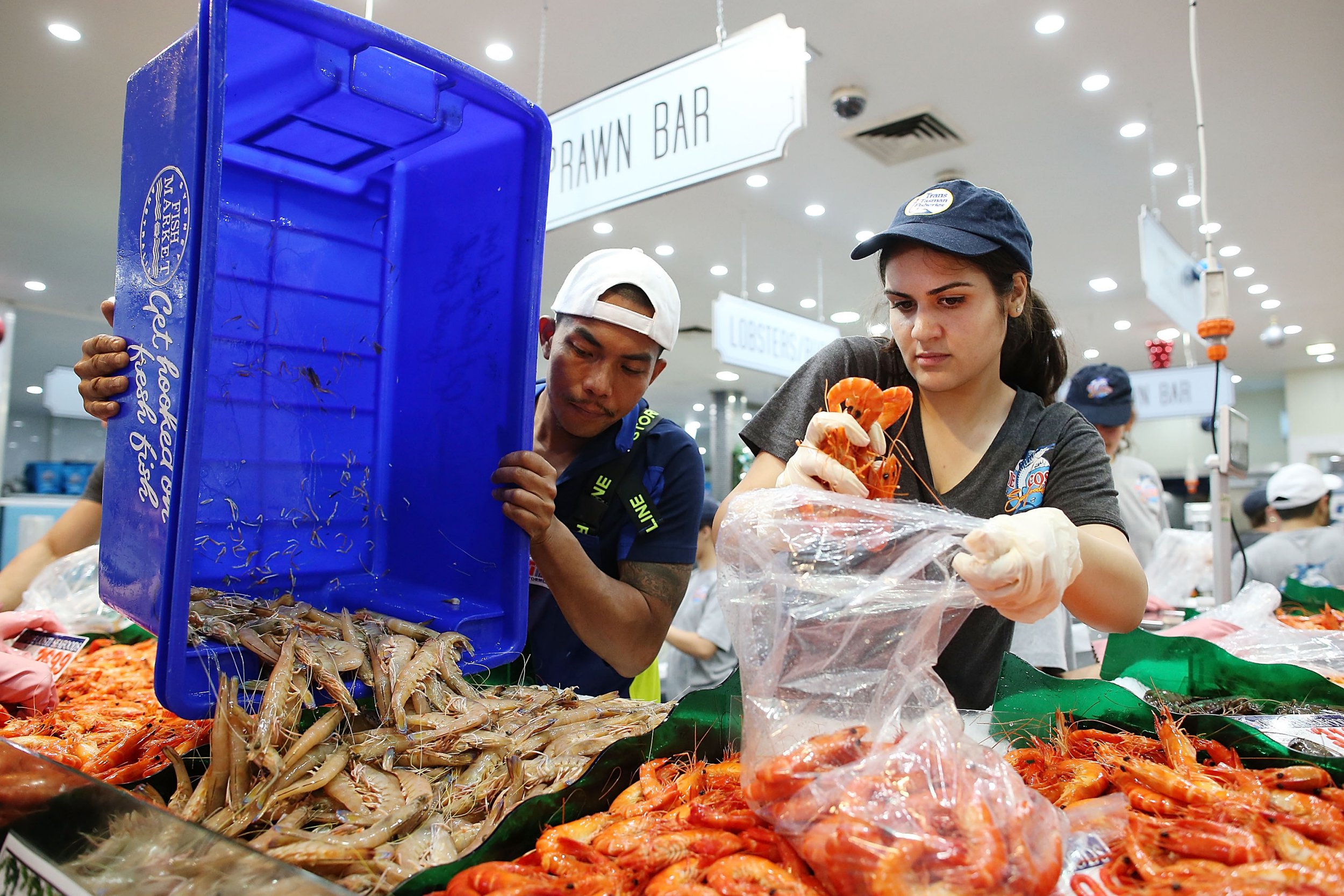
Have you heard of microplastics? Yes, the same as other types of plastic, microplastic is a plastic component with a size of less than 5 mm. Recently, microplastics are often discussed among environmental and health experts because of their impact on humans. Thanks to their tiny size, even invisible microplastics can enter the body through any medium, especially the drinks and food you consume daily.
Plastic waste in Indonesia can reach up to 64 million tons per year, of which 3.2 million tons is plastic waste discarded into the sea. The previous data is according to the Indonesian Plastic Industry Association (INAPLAS) and the Central Statistics Agency (BPS). No wonder the plastic description can enter the bodies of marine animals. Therefore, they contain microplastics. Therefore, threatening the population of marine animals can also threaten human health if we accidentally consume the microplastic content in the processed animals.
According to the results of a study published in the Journal of Environmental Science and Technology recently, the researchers found the presence of microplastics in all the commercial seafood samples they studied. In addition, researchers analysed microplastics in various seafood in their studies, such as wild blue crabs, oysters, tiger prawns, wild squid, and wild sardines. To see the presence or absence of microplastics, the researchers extracted only the edible part of the sample.
As a result, researchers found the presence of plastic in all samples with different amounts and variations. They found at least 0.04 mg of plastic/tissue in squid, 0.07 mg in shrimp, 0.1 mg in oysters, 0.3 mg in crabs, and 2.9 mg in sardines. Most plastic types found are polyethylene. This study shows that those who like to consume seafood indirectly also consume the plastic content in it.
Previously, researchers found microplastics and nano plastics in sea salt, beer, honey, and bottled mineral water. The entry of these plastic contents into the body is indicated to interfere with the immune system. In addition, it has the potential to cause oxidative stress.
Text by Anggie Triana
Stock photos from: Google Search Images
Source(s):
- Ribeiro, F., Okoffo, E.D., O;Brien, J.W., et al (2020). Quantitative Analysis of Selected Plastics in High-Commercial-Value Australian Seafood by Pyrolysis Gas Chromatography Mass Spectrometry. Environmental Science and Technology, DOI: https://doi.org/10.1021/acs.est.0c02337.
- Medical News Today - Study found plastic in every seafood sample it analyzed (2020). https://www.medicalnewstoday.com/articles/study-found-plastic-in-every-seafood-sample-it-analyzed, 7 September 2020.